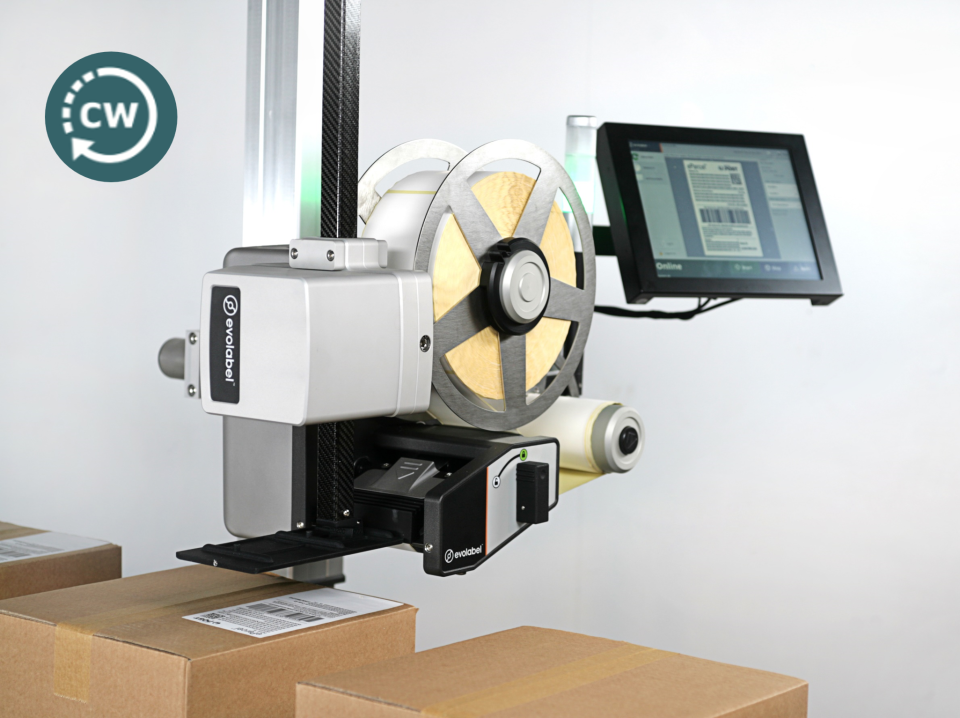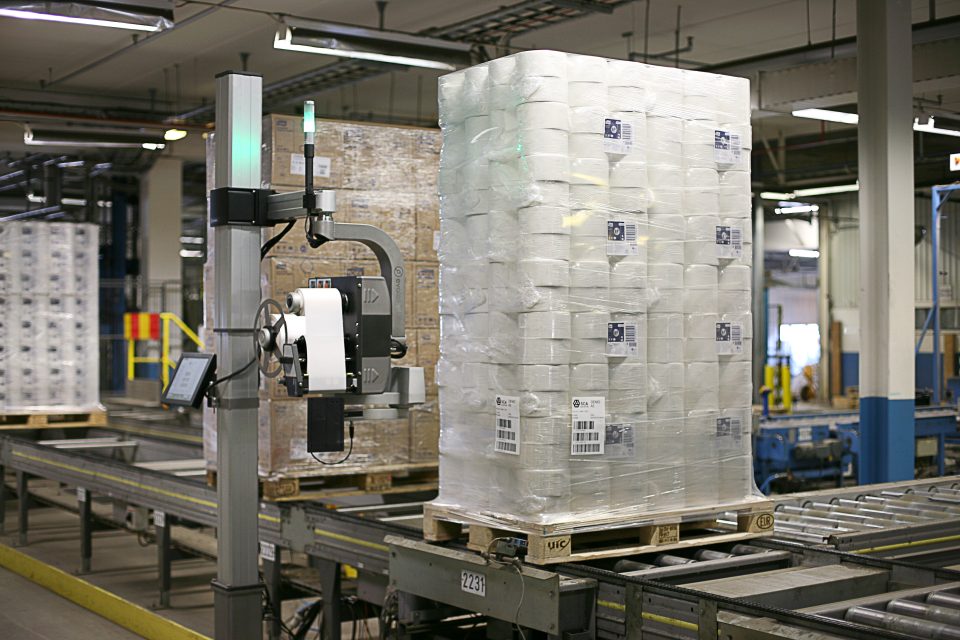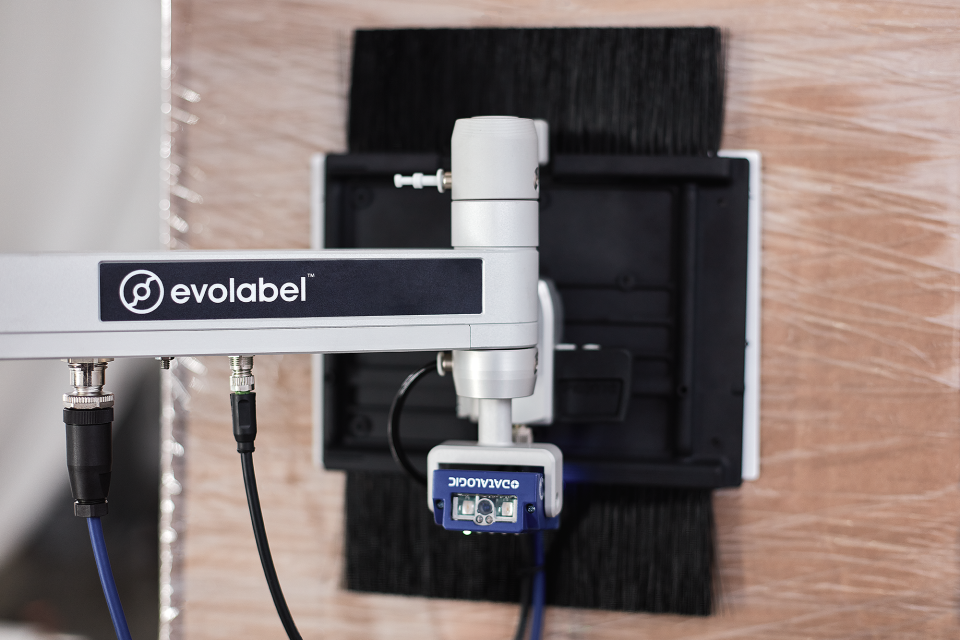
The growth of ecommerce means more deliveries, and whether you’re a supplier or a customer, knowing where your products are in the supply chain has never been so important.
Swift delivery times and good communication are consistently rated as two of the most important factors influencing customer satisfaction and loyalty in B2C; they help consumers feel reassured their orders will arrive on time and confident in the supplier they’ve chosen. So, it’s hardly surprising that B2B buyers are increasingly looking for a similar experience.
This is where track and trace systems come in. Designed to monitor and document the journey of products through the supply chain from origin to final destination, the solutions provide real-time visibility and comprehensive data on the movement and status of any kind of goods.
Not only does this allow deliveries to be tracked precisely, it also helps verify the authenticity of products to prevent counterfeits and ensures companies remain compliant with international trade laws and customs regulations.
The problems with manual track and trace systems
Tracking parcels and deliveries is not a completely new concept – spreadsheets, lists and paper trails have all traditionally been used to monitor the movement of goods and keep track of delivery addresses. However, in today’s complex supply chains, these methods are increasingly inadequate, unable to manage the complicated and sometimes convoluted journeys of large numbers of shipments.
What may seem like a small error or typo in an address or shipping number can lead to significant disruption and delays, and manually updating tracking data is also extremely time-consuming.
Without the real-time visibility and updates that modern methods provide, it’s also difficult to get an accurate picture of the supply chain. Problems such as delays, lost shipments or fraudulent transactions are harder to spot and as such take longer to investigate and rectify – leaving customers dissatisfied.
What are automated track and trace systems?
In response to these challenges, automated systems have been developed which use technology to provide comprehensive, real-time visibility into the supply chain.
Each product or delivery is assigned a unique identifier, such as a barcode or RFID tag, which is scanned at various points throughout the supply chain. This captures essential data and provides a record of the package’s journey. The data is consolidated into a centralised platform, providing real-time visibility and allowing in-depth analysis to identify bottlenecks or other issues. Systems can be integrated with existing enterprise resource planning (ERP) and warehouse management systems (WMS), so data can be retrieved at the touch of a button.
The benefits of automated track and trace
The main benefit of implementing an automated track and trace solution is the enhanced transparency and traceability it provides. As well as monitoring deliveries to improve customer service, it also allows raw materials to be tracked, ensuring traceability along the whole supply chain.
There are other benefits too:
- Improved efficiency: The real-time data provided by track and trace systems helps manage inventories and streamline ordering processes, consolidating the number of deliveries to reduce costs and improve efficiency.
- Faster response times: When every package is tracked, it’s easier to identify where there are issues, allowing solutions to be put in place faster.
- Increased customer satisfaction: 90% of customers want to be able to track their orders. Providing this capability improves customer confidence, brand reputation and crucially, brand loyalty.
- Improved compliance: Automated track and trace systems ensure that all regulatory and customs requirements are met, reducing the risk of non-compliance and associated delays and financial penalties.
As ecommerce and deliveries continue to grow in number and complexity, effective track and trace systems and the associated technology, such as barcodes and scanners, are set to become more important, playing a critical role in both customer satisfaction and logistics efficiency.
Learn more about logistics labelling, or contact us for further information.
Email Our Team
* Please complete all fields



